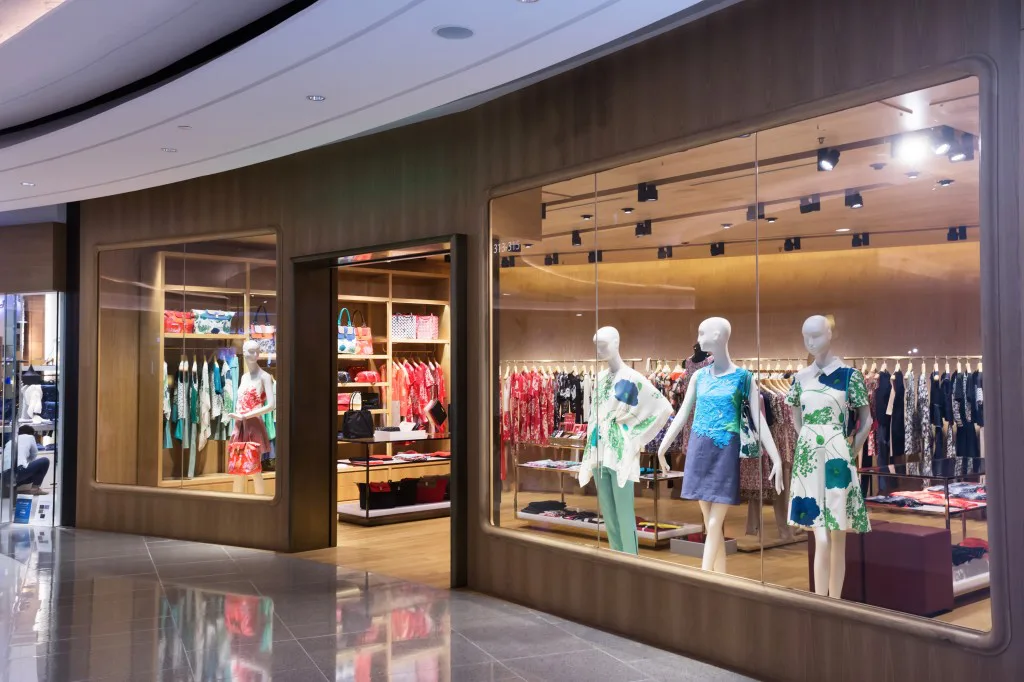

A/B testing is exactly what it sounds like: an experiment with two variables, A and B. In a retail or online scenario, two versions of a display, advertisement or website are compared to see which one is the most effective in prompting an observer into a desired behavior: clicking a link, making a purchase, completing a survey or another action. When you’re running an A/B test online it’s easy to measure the efficacy with clicks or purchases.
In both trials, A and B are the same except the variant that’s being tested—for example, colors, text, layout or sorting.
What do I need to do to run an A/B test?
If you’re interested in running an A/B test, you’ve got a few things to consider. According to the National Retail Federation, you should ask yourself a few things:
Rise to the challenge
Considering the questions above, it’s no small task to run an A/B test. You’re going to need time, resources and an open line of communication with your test groups. And then you’re going to need to evaluate the results and, if necessary, run another test.
Clear documentation of what’s being tested and when is extremely important. Some companies may run several tests, so concise notes about tests, methods and results are key. Members of your team may come and go, but having a good log of tests and results will ensure you aren’t spinning your wheels or wasting time on scenarios that have already been tested if your personnel changes during the test period(s).
How does this work in a retail setting?
A/B testing is frequently used for websites or online marketing campaigns, but these tests, when coupled with the right tracking, are an invaluable tool for retail stores…even in their most basic form.
Let’s say you want to test a new display of merchandise at the front of the store. There are two possible ways to design it (Design A and Design B). So immediately we see what you want to test (the display) and what you want to improve (foot traffic/sales). You can evaluate the winning display by the number of people drawn to it and the number of sales each design generates.
A traffic counting system will help you evaluate how many people are drawn to each different display. If your traffic counting system is attached to your point-of-sale system, it’s even better because your POS will do all of the work for you.
Choose a set number of days and set up each design for those days. Make them the same days of the week so it’s a fair result—if one display is up Saturday-Wednesday, put up the second display on the following Saturday so the results aren’t skewed.
After you’ve had both displays out for the set time period, take a look at the data sets provided by your traffic counting system and evaluate the results. Which display drew in more shoppers? Which one generated more sales? The winning display is the one you should use at the front of the store.
A/B testing is also useful when evaluating marketing messaging that will draw people into your store. Let’s say you want to test the promotional text in a mailing. You can do it using the same technique as you used for the display. Prepare two mailings to test. For example, mailing A says “Sale ends on Saturday, use code G2 for a 20% discount.” Mailing B says “Sale ends soon, use code F3 for a 20% discount.” After the mailing is sent, use your traffic count and POS data to evaluate which message drew more people into the store to make a purchase. Once you have the result, the more effective message is the one you should use in the larger mailing to your customer base.